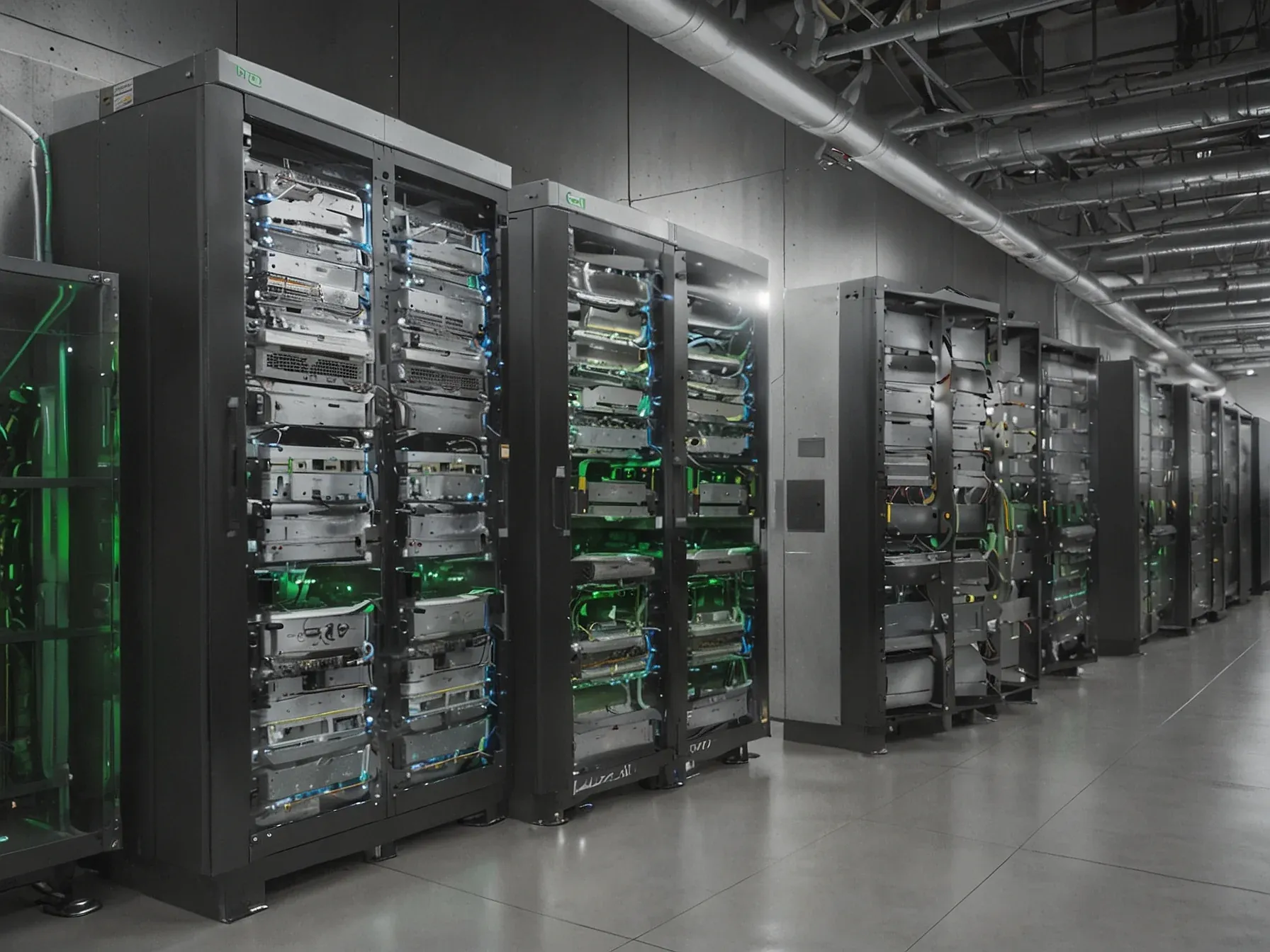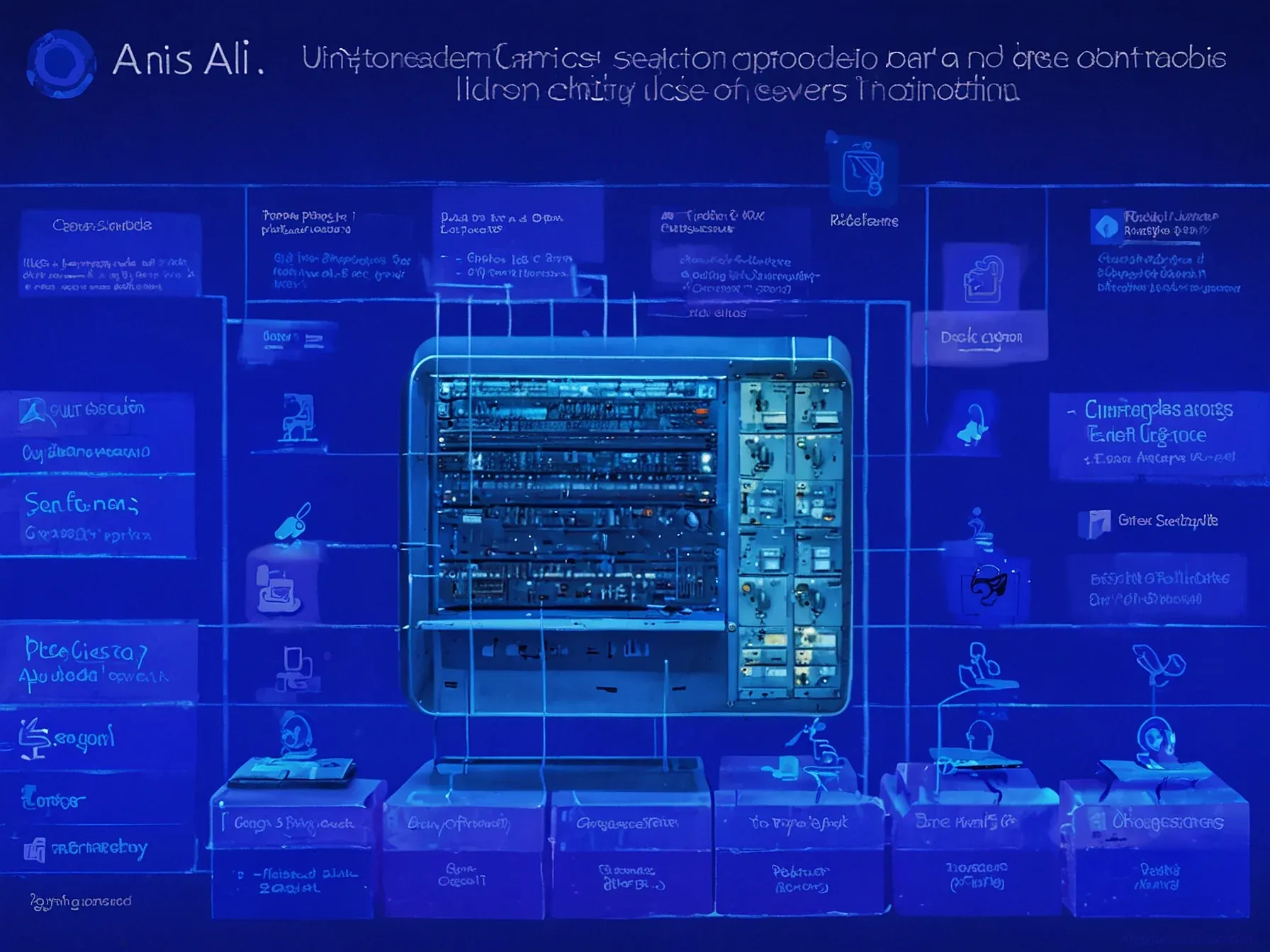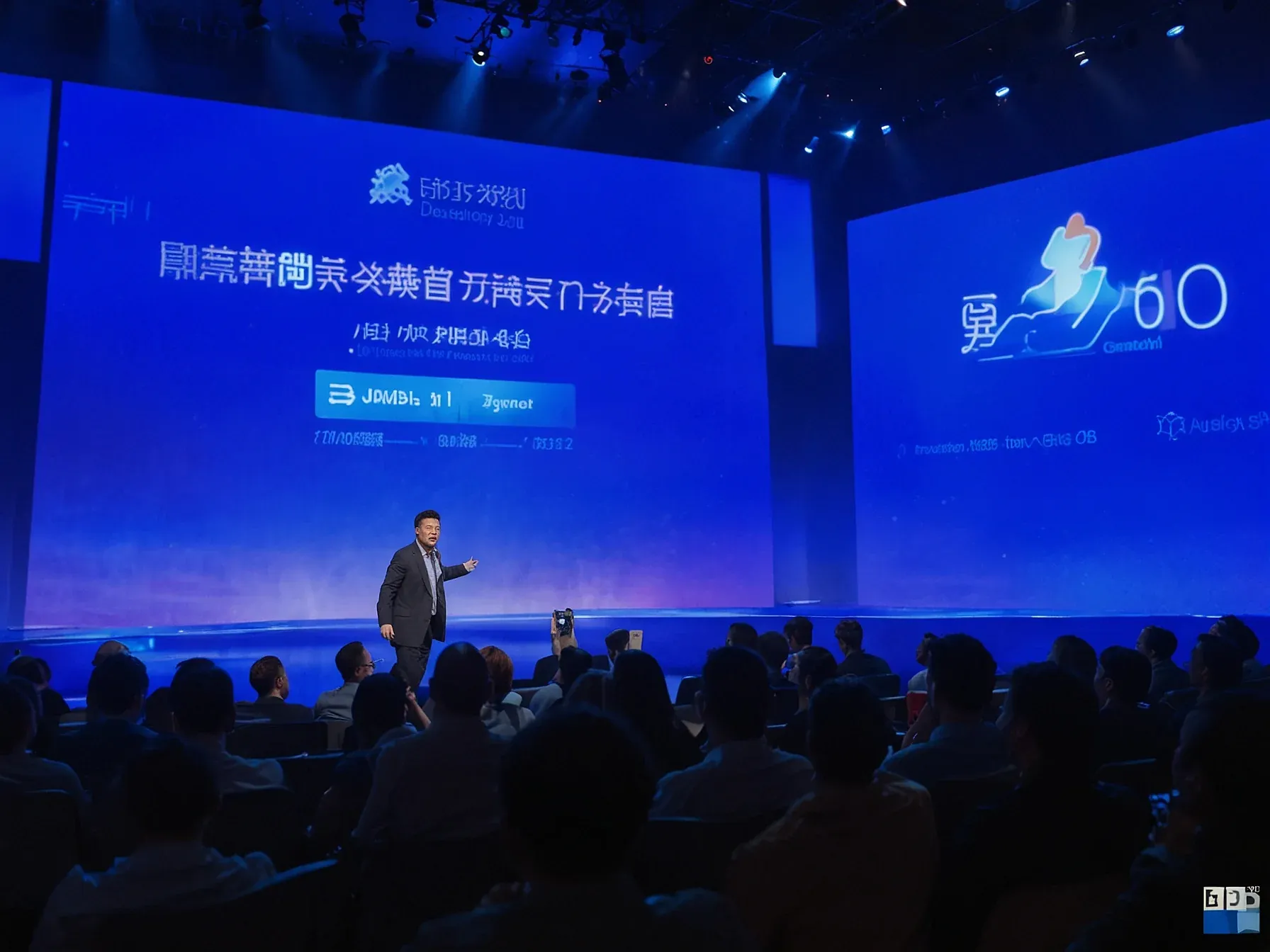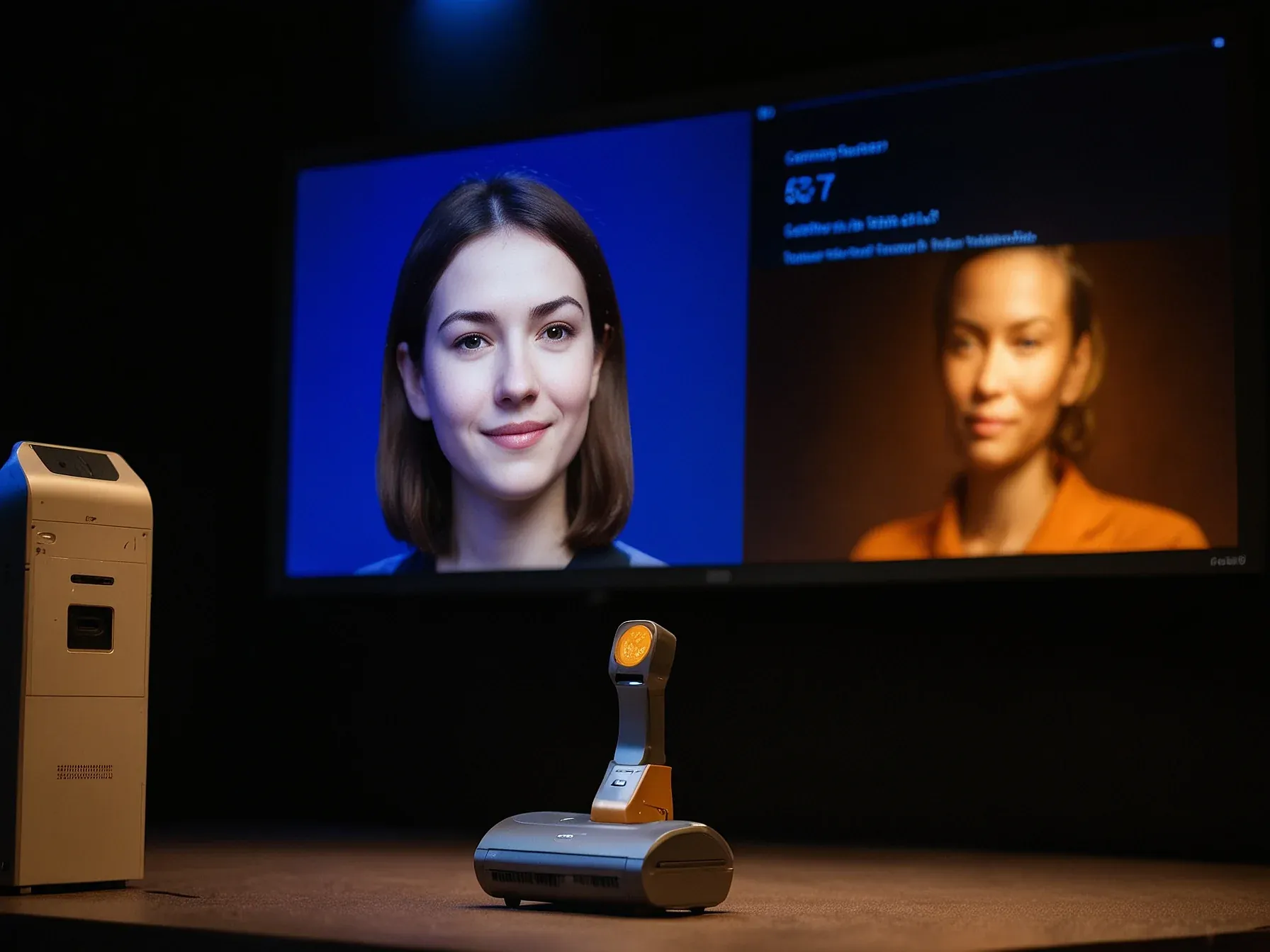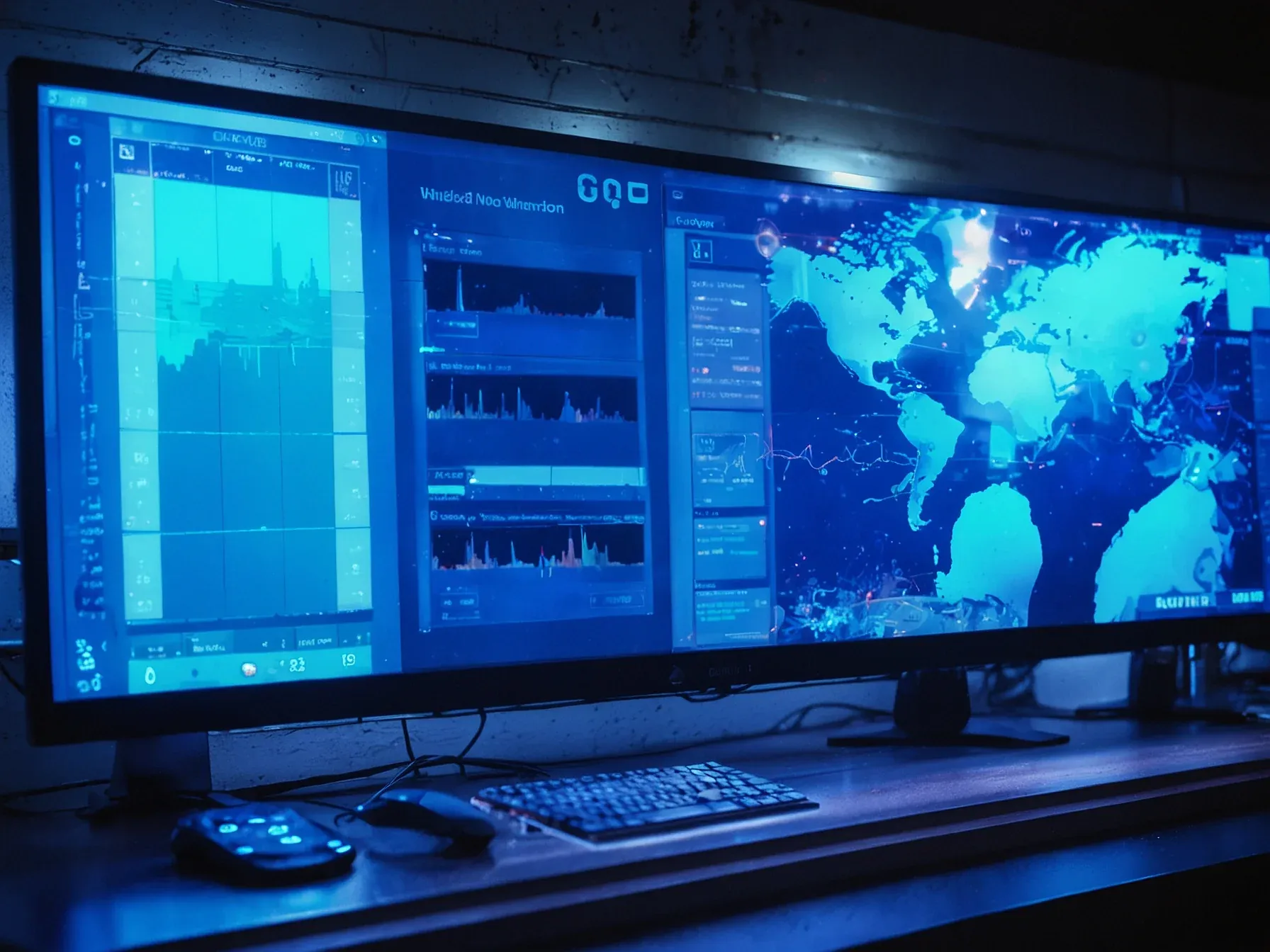
Microsoft has full access to OpenAI's AI chip IP, says Satya Nadella
Microsoft’s push into custom silicon has long hovered between ambition and practicality. While the tech giant pours resources into its own AI‑focused chips, it still leans heavily on NVIDIA’s GPU farms for the bulk of its cloud workloads. That dual track raises a simple question: how much of OpenAI’s underlying hardware know‑how does Microsoft actually control?
The answer, according to the company’s chief executive, goes beyond a licensing deal. In a recent interview, Satya Nadella explained that Microsoft’s relationship with OpenAI now includes unrestricted access to the startup’s system‑level intellectual property. He also outlined how the firm intends to juggle its in‑house silicon roadmap with the continued, large‑scale deployment of NVIDIA GPUs.
The nuance here matters—full access to OpenAI’s chip designs could reshape Microsoft’s hardware strategy, yet the reliance on external GPUs suggests a measured approach rather than an outright pivot. Below, Nadella spells out exactly what that access looks like and how it fits into the broader plan.
Microsoft CEO Satya Nadella said the company has access to all of OpenAI's system-level intellectual property, outlining how Microsoft plans to balance its in-house silicon efforts with continued large-scale use of NVIDIA GPUs. Speaking in an interview, Nadella said Microsoft receives all parts of OpenAI's accelerator-related IP, except for consumer hardware. When asked what level of access the company has, he responded, "All of it".
Notably, OpenAI and Broadcom recently announced a multi-year strategic collaboration to co-develop and deploy 10 gigawatts of OpenAI-designed AI accelerators and networking systems, marking a major expansion in OpenAI's infrastructure capabilities. Nadella added that Microsoft had earlier provided OpenAI with its own IP while building supercomputers together, creating a reciprocal flow of technology.
"All of it," Nadella affirmed, granting Microsoft unrestricted access to OpenAI's system‑level AI chip intellectual property, save for consumer‑hardware designs. Yet the practical impact of that access is not fully detailed. Microsoft will continue to lean on NVIDIA GPUs for large‑scale workloads while developing its own silicon, a dual strategy that raises questions about resource allocation and timeline coordination.
How the company integrates OpenAI’s accelerator IP into its own hardware roadmap remains unclear. The announcement follows a recent multi‑year partnership between OpenAI and Broadcom, suggesting broader industry collaboration, though specifics of that deal were not disclosed. Consequently, while the breadth of the IP grant is evident, the extent to which Microsoft can translate it into competitive advantage is still uncertain.
Observers will need to watch how the balance between in‑house chip development and external GPU reliance evolves, and whether the promised synergy materializes without compromising performance or cost efficiencies. Until more concrete results emerge, the true value of full access stays to be demonstrated.
Further Reading
- Microsoft’s plan to fix its chip problem is, partly, to let OpenAI do the heavy lifting - TechCrunch
- Microsoft Taps OpenAI's Chip Designs to Fix Semiconductor Gap - TechBuzz
- Microsoft's AI Strategy Deconstructed - from Energy to Tokens - SemiAnalysis
- Microsoft says it has access to the IP of OpenAI's custom AI chips - Data Center Dynamics
Common Questions Answered
What level of access does Microsoft have to OpenAI's AI chip intellectual property according to Satya Nadella?
Satya Nadella stated that Microsoft has "all of it," meaning unrestricted access to every part of OpenAI's system‑level accelerator IP. The only exception is consumer‑hardware designs, which remain outside Microsoft's reach.
Which parts of OpenAI's accelerator‑related IP are excluded from Microsoft's access?
Microsoft receives all components of OpenAI's accelerator‑related intellectual property except for designs intended for consumer hardware. This exclusion ensures that consumer‑focused chip designs stay solely with OpenAI.
How does Microsoft plan to balance its in‑house silicon development with continued reliance on NVIDIA GPUs?
Microsoft will keep using NVIDIA GPUs for large‑scale cloud workloads while simultaneously advancing its own custom silicon projects. This dual‑track approach allows the company to leverage existing GPU performance while building proprietary hardware for future needs.
What does the term "system‑level intellectual property" refer to in the context of OpenAI's AI chip technology?
In this context, "system‑level intellectual property" encompasses the overall architecture, integration methods, and accelerator designs that enable AI workloads to run efficiently. It includes hardware‑software co‑design elements that go beyond individual circuit components.
